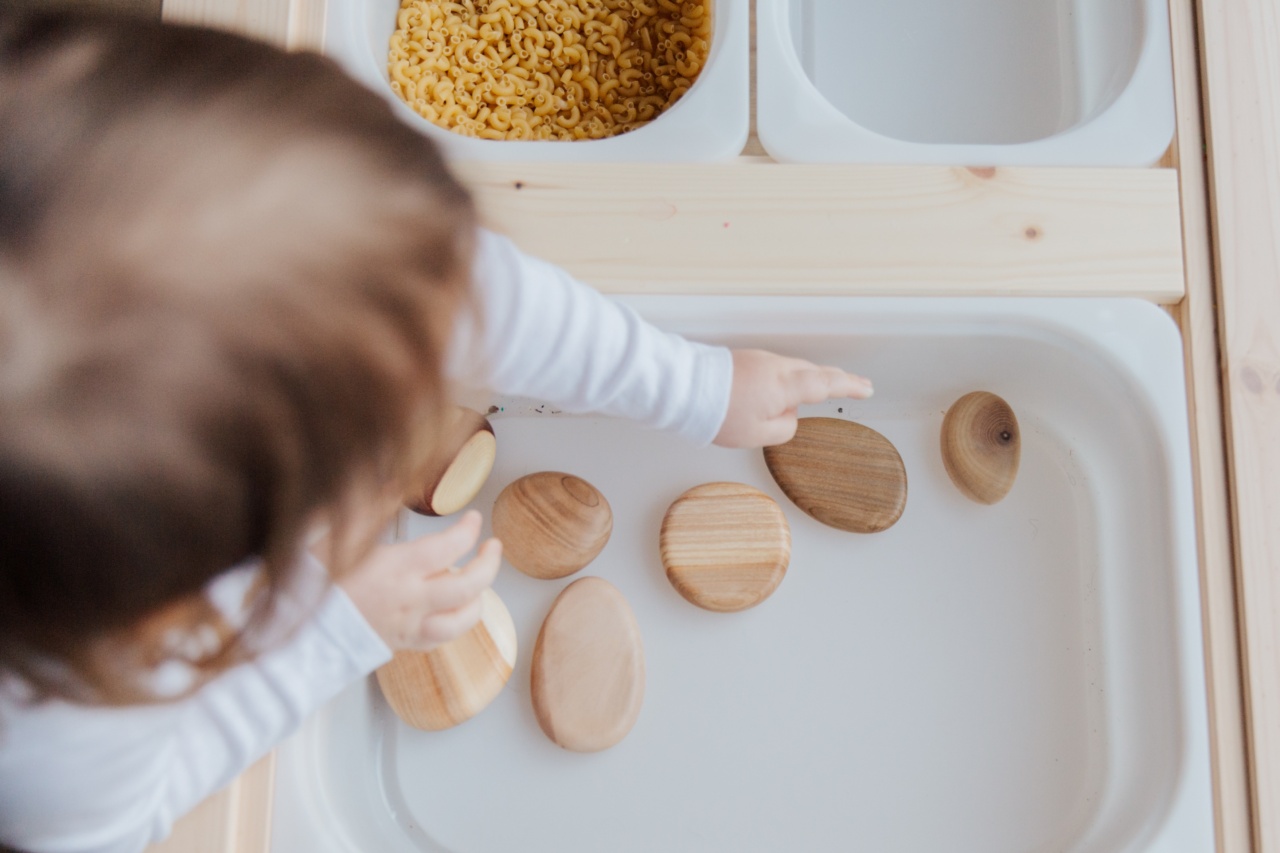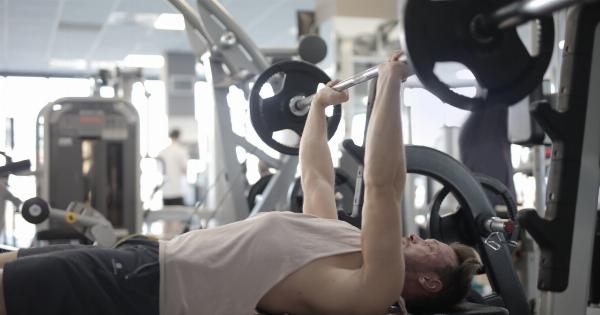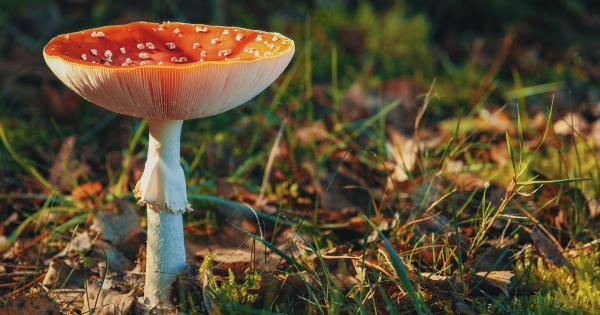Penis pimples, also known as penile papules or Fordyce spots, are harmless skin conditions that can appear on the shaft, head, or base of the penis.
These small, raised bumps are typically white or flesh-colored and may be mistaken for a sexually transmitted infection or a sign of poor hygiene. However, penis pimples are common and usually benign.
Causes of Penis Pimples
While the exact cause of penis pimples is unknown, several factors may contribute to their development:.
1. Fordyce Spots
Penis pimples may be due to Fordyce spots, which are sebaceous glands without hair follicles. These glands produce sebum, a natural oil that helps moisturize the skin. When sebum becomes trapped, it can form small bumps on the penis.
2. Friction and Irritation
Friction during sexual activity or wearing tight clothing can cause irritation, leading to the formation of pimples on the penis. Poor hygiene practices can exacerbate the problem.
3. Folliculitis
Folliculitis is an inflammation of the hair follicles that can occur due to bacterial or fungal infection. It can lead to pimple-like bumps, often accompanied by itchiness or redness.
4. Contact Dermatitis
Contact dermatitis is a skin reaction caused by exposure to irritants or allergenic substances. Certain soaps, detergents, or personal care products may trigger an allergic reaction, resulting in pimple-like bumps on the penis.
5. Sexually Transmitted Infections
Although rare, some sexually transmitted infections (STIs) can cause pimple-like bumps on the penis. It is crucial to consult a healthcare professional to rule out any potential infections.
Treating Penis Pimples
While penis pimples are typically harmless and resolve on their own, you may want to take some steps to help alleviate discomfort or prevent future outbreaks:.
1. Maintain Good Hygiene
Regularly clean your penis with mild, fragrance-free soap and warm water. Avoid using harsh cleansers or scrubbing vigorously, as this can irritate the skin and exacerbate pimples.
2. Practice Safe Sexual Habits
Use condoms during sexual activity to reduce the risk of sexually transmitted infections. Additionally, avoid sharing personal items such as towels or undergarments to minimize the chances of spreading bacteria or irritants.
3. Avoid Tight Clothing
Wearing tight underwear or clothing can increase friction and irritation on the penis. Opt for loose-fitting garments made of breathable fabrics to allow better air circulation and reduce the likelihood of pimples.
4. Moisturize the Skin
Consider using a hypoallergenic, fragrance-free moisturizer to keep the skin on your penis adequately hydrated. Moisturizers can help prevent dryness and minimize the likelihood of pimples caused by friction.
5. Avoid Picking or Squeezing
Resist the temptation to pick, squeeze, or pop penis pimples. Doing so can lead to infection, scarring, or further irritation. If a pimple persists or causes significant discomfort, consult a healthcare professional.
When to Seek Medical Advice
While most penis pimples are harmless and resolve within a few days or weeks, certain signs may warrant medical attention:.
1. Persistence
If a pimple does not go away within a reasonable timeframe or continues to grow, it is advisable to consult a healthcare professional for evaluation and appropriate management.
2. Pain or Discomfort
If a pimple causes severe pain, becomes increasingly tender, or hampers daily activities, seeking medical advice is recommended. These symptoms may indicate an underlying infection or other health issues.
3. Spreading or Multiplying
If pimples start spreading to other areas of the body, multiplying rapidly, or are accompanied by other unusual symptoms, it is essential to consult a healthcare professional for proper diagnosis and treatment.
Conclusion
Penis pimples are usually harmless and not a cause for concern. Practicing good hygiene, avoiding irritants, and maintaining safe sexual habits can help prevent and manage these pimple-like bumps.
While most cases resolve on their own, seeking medical advice is recommended if pimples persist, cause discomfort, or show unusual symptoms.



























